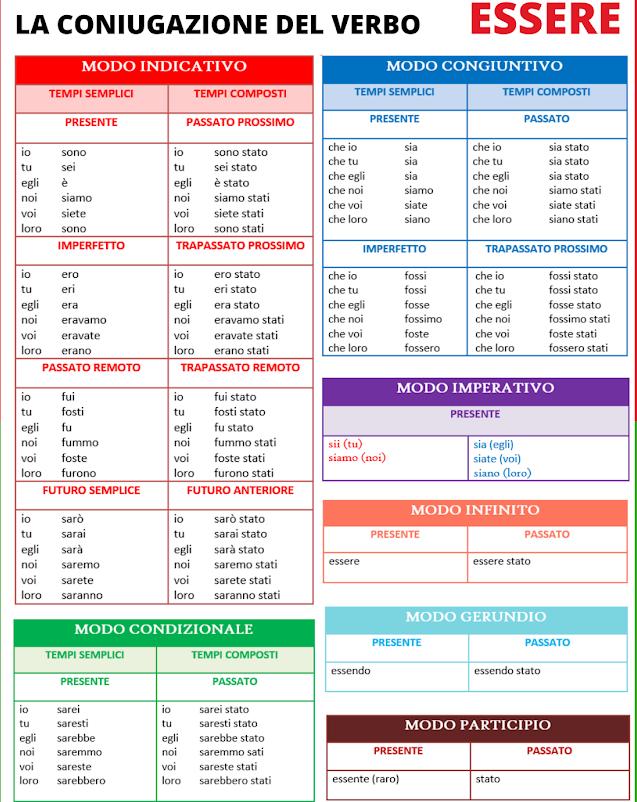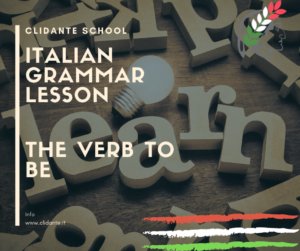Introduction
In Italian, the verb “essere” – equivalent to “to be” in English – is a fundamental and frequently used verb. Whether you’re a beginner or an advanced learner, mastering its conjugation is essential for expressing existence, identity, characteristics, and more.
Conjugation of “Essere”: the present tense
Let’s explore the present tense conjugation of “essere,” which is often the first tense taught in Italian language courses:
- Io sono (I am)
- Tu sei (You are)
- Egli/ella è (He/she is)
- Noi siamo (We are)
- Voi siete (You all are)
- Essi/esse sono (They are)
Notably, unlike the verb “avere” (to have), “essere” never includes the letter “h.” This simplicity makes it easier to learn, but students should pay attention to the third person singular, which carries an accent.
Compound Tenses
“Essere” is crucial for forming compound tenses, which consist of two words. Many other verbs rely on “essere” for their compound tenses. Additionally, the past participle must agree in number and gender with the sentence’s subject.
Verb Essere in Italian: Examples
Let’s start with a simple example: the sentence I am tall can be translated Io sono alto. This is one of the simplest sentences that can be written using the verb essere, because this verb is here in the present tense.
As for compound tenses, the sentence we have become rich can be translated in Italian noi siamo diventati ricchi. In this case the verb is to become – diventare and the verb essere is used to form the compound tense.
The past participle is diventato, that here becomes diventati because it has to agree in gender and number with the subject we, that is male and plural.

Learning “Essere”
To enhance your Italian language skills, consider joining an Italian course. Centro Linguistico Dante Alighieri, an esteemed school in Rome, offers various courses and activities. Prospective students can easily enroll by filling out the registration form on Clidante’s website.
